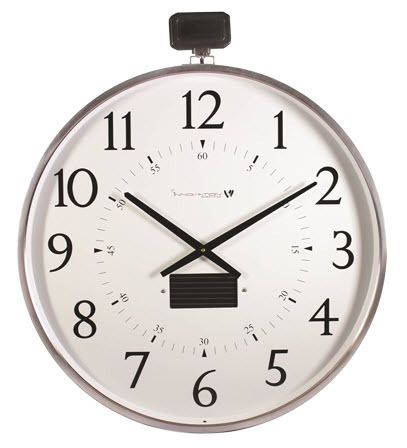Making use of Power Over Ethernet Clock Synchronization
 Power over Ethernet (POE) refers to the mix right into one cord of
signaling and electrical power for outer tools connected to a computer network. Web Procedure (IP) POE indicates that a certain communication
network method is recruited to accomplish this. There are many different type of applications that could benefit from this technology.
Power over Ethernet (POE) refers to the mix right into one cord of
signaling and electrical power for outer tools connected to a computer network. Web Procedure (IP) POE indicates that a certain communication
network method is recruited to accomplish this. There are many different type of applications that could benefit from this technology.
We review Power over Ethernet for the certain application of industrial clock synchronization in this post. We clarify exactly how time synchronizing is done the common method as well as comparison that method with POE. We additionally discuss several of the advantages and downsides of going one way versus the various other.
There are lots of instances where clock synchronization within a whole organization is extremely important. A couple of apparent instances are instructional class changes and also manufacturing facility procedures, especially assembly lines.
Obtaining all clocks synchronized is an uncomplicated concept to realize, however its application can be difficult and also involve some ramifications. The standard strategy is to designate some timekeeping system as the master clock as well as to have it broadcast upgrade or reset timing signals concurrently to all wrist watches. The signaling can be completed through hardwired connections or wirelessly.
In this technique each watch calls for electrical power, either from ceiling or wall outlets or from batteries. The previous entails power cords and threats time interruptions during failures; the last pressures periodic changing of the batteries, generally every five years or more often. The two resources could also be utilized in tandem, each to function as data backup for the various other.
Depending upon the nature of the clocks, it may be necessary to offer user interfaces to get and also act upon the broadcasted timing signals. For example, institution bells need to be triggered to appear simultaneously. As well as, though neither time lags neither system lots provide a serious trouble whether cordless or wired transmissions are utilized, aiming to send out signals over long distances is a problem for both and pleads the look for a different technique.
This is where POE comes in. The basic idea behind Power Over Ethernet is that each clock is linked by means of a solitary cord to the firm computer network. This Ethernet connection supplies power to the clock as well as establishes a communications channel whereby the clocks obtain their signals.
Clearly this approach is feasible only if (Cat 5 or much better) Ethernet connectivity is available practically all over on campus or in the plant. The good news is this is typically the instance nowadays due to the fact that networks have ended up being essentially ubiquitous. Ethernet is a mature as well as widespread modern technology, as well as IP attending to is globally present.
synchronized wireless time systems
One clear advantage to this remedy is that power cables and also batteries for the clocks could be dispensed with. You do not need to search around for electrical sockets as well as you don't need to stock batteries. You also don't have to bother with periodically changing batteries.
An additional clear benefit is that you no longer have to select a master clock. Fundamentally the local area network becomes the master, integrating all clocks (and all computers) automatically. Program message is straightforward through this, as well as point-to-point communications are feasible.
There might still be the requirement for equipment user interfaces for tools such as tone generators, bells, buzzers, and whistles. However this demand is independent of how you integrate the watches.
The big benefit is that organizing can be decentralized. You could program individual message boards to display details based upon their area. You could manage audios as a device or individually.
There are a couple negative aspects to POE. One is that clocks typically aren't consistently positioned near the network. They might be up high for better visibility, for example.
In shorts, one may have to adapt a little bit. The clocks might need to be found near to an Ethernet port, or, additionally, the network might need to be reached suit wrist watches in much more gotten rid of locations.
The other prospective drawback is that all these additional devices (timepieces) might offer too much of an additional lots on the computer network. This might be a trouble only for very large organizations, but it needs to be taken into consideration.
Generally, the advantages surpass the downsides. Power over Ethernet is much less expensive because setup and procedure expenditures are prevented. And clock synchronization becomes a dream.